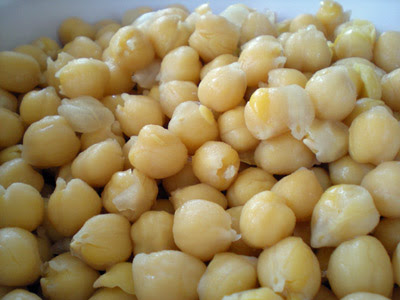
Canadian chickpea prices are expected to move lower in the near future due to various outside factors coming from India and Pakistan, Greg Kostal, president of Kostal Ag Consulting in Winnipeg said.
“The parameters have been in place for a while,” he said. “The strength in the Indian rupee has kept Indian offers of chickpeas as a commodity that is not banned by the government, so they’ve had a steady export presence. Pakistan has a big desi chickpea crop, so they’re not importing as much as what they seasonally would.”
“There is also some overhanging baggage from a threat that the Indian government made to put an import tariff on some pulses. It was talked about six months ago by an agency proposing a 10 per cent tariff,” Kostal said. “In the last week, there has been another government panel that stated the tariff ought to be 7.5 per cent.”
“Put it all together and offers have got to hit the bids more than the bids have to hit offers.”
Kostal said he expects the sluggishness of the market to continue, unless growing conditions change drastically in India and Pakistan.
“We’re going to need some weather-related problems, otherwise I think the sluggishness will prevail,” he said. “Users just don’t have reasons to panic; they’re going to pick their spots.”
According to Prairie Ag Hotwire for July 15, Desi chickpea prices are topping out at C$0.25 per pound, while Kabuli 10mm chickpeas are as high as C$0.42 per pound.
Looking at new crop progress in Canada, Dale Risula, crop specialist for the Saskatchewan Ministry of Agriculture, said they are advancing well, except for some isolated acres in low-lying areas.
“I think a lot of crops are progressing really well, but there are some locations throughout the province that have had significant amounts of precipitation, leading to some flooded low spots,” he said. “Those areas are small, but they were under water long enough that they aren’t going to make it, or they have been set back a little bit.”
“I think whatever is lost in low areas now will be made up for with what looks to be a higher-than-average yield in areas doing well,” Risula added.
Looking ahead, chickpea crops are in need of much more stable weather conditions.
“Because it’s been wet, root development might be less than desirable, so if we have extreme amount of heat for any extended time period, that would be detrimental to growth,” Risula said. “Sufficient rainfall from time-to-time to keep plants going would be good. It’s not helpful if we get two or three inches of rain in a day, or long periods of extreme heat.”
Brandon Logan writes for Commodity News Service Canada in Winnipeg

